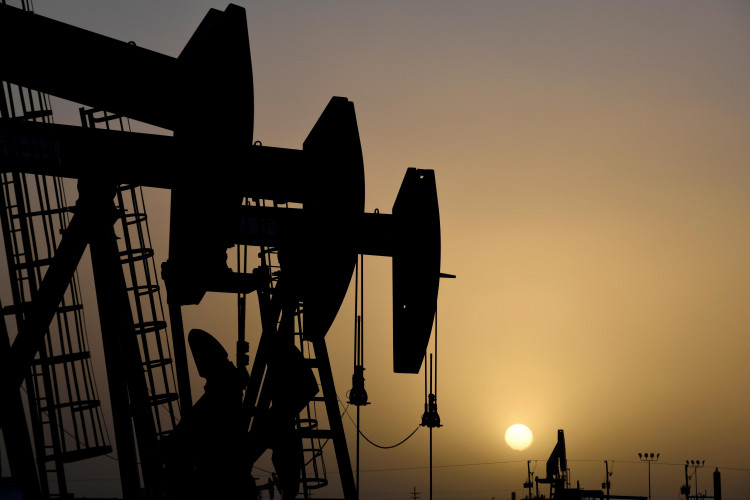In an effort to counteract escalating global warming issues, the U.S. Department of Energy announced on Friday, August 11, that it's investing $1.2 billion in technologies that extract carbon dioxide from the air.
This emerging technology, known as Direct Air Capture (DAC), hasn't yet been scaled to significantly combat global warming. However, with the federal government's backing, this might soon change.
Funds from the "Inflation Reduction Act" will now finance two DAC projects, one in Texas and another in Louisiana. Once operational, the carbon removal capacity of these two facilities will surpass all existing DAC projects combined. Captured carbon can then be stored underground or utilized for various resources, from construction materials to crops, and even synthetic diamonds.
Eighteen DAC projects are active worldwide, but these new installations will be the first of commercial scale in the U.S. The White House hopes that by establishing these centers, it will drive down the technology's costs and pave the way for commercialization, meeting the country's carbon emission targets.
The U.S. Energy Secretary noted that, once these centers are operational, they're anticipated to remove over 2 million tons of carbon dioxide from the atmosphere each year, equivalent to taking almost 500,000 gasoline-powered cars off the roads. These centers are expected to prove the transformative potential of this technology, inspiring others to follow suit.
The Texas DAC center will be operated by 1PointFive, a subsidiary of Occidental Petroleum, a company in which Warren Buffett holds a stake. The company has leased 106,000 acres in Texas for this facility and aims to store up to a billion tons of carbon underground. Vicki Hollub, CEO of Occidental Petroleum, estimates that the center could remove up to 30 million tons of carbon dioxide annually once it's fully functional. Hollub expressed gratitude to the Biden administration and the Department of Energy for positioning the U.S. as a leader in showcasing the commercial viability of direct air capture.
Historically, Occidental Petroleum has been a frontrunner among U.S. oil companies in carbon reduction efforts. The company initiated its first large-scale DAC project in West Texas's Permian Basin in late 2022. Although initially slated for a 2025 launch, the project has faced delays, with costs rising to around $1.1 billion. With the backing of the previously passed "Inflation Reduction Act", the company has ambitious plans to establish 100 DAC facilities by 2035.
Battelle will operate the Louisiana DAC center, utilizing technologies from Climeworks and Heirloom. Zurich-based Climeworks currently runs the world's largest DAC factory in Iceland, capturing about 4,000 tons of carbon dioxide annually. Andrew Fishbein, Senior Climate Policy Manager at Climeworks, emphasized the importance of scaling DAC at a pace similar to solar and wind energy industries over the past two decades.
California-based startup Heirloom uses limestone to extract carbon from the air. The company has secured $54 million in venture capital funding, including investments from Breakthrough Energy and Microsoft.
The two DAC facilities are projected to generate nearly 5,000 jobs for local workers and those previously employed in the fossil fuel industry, and will be powered entirely by clean energy.
Market insiders anticipate two more DAC centers to be sponsored by the Department of Energy next year, with the Biden administration committing up to $3.5 billion in total funding for this carbon-reducing technology.
Though these two DAC centers mark a start, to limit global warming to 1.5 degrees Celsius, tens of billions of tons of carbon, or about 10% to 20% of emissions, must be removed annually by 2050.






